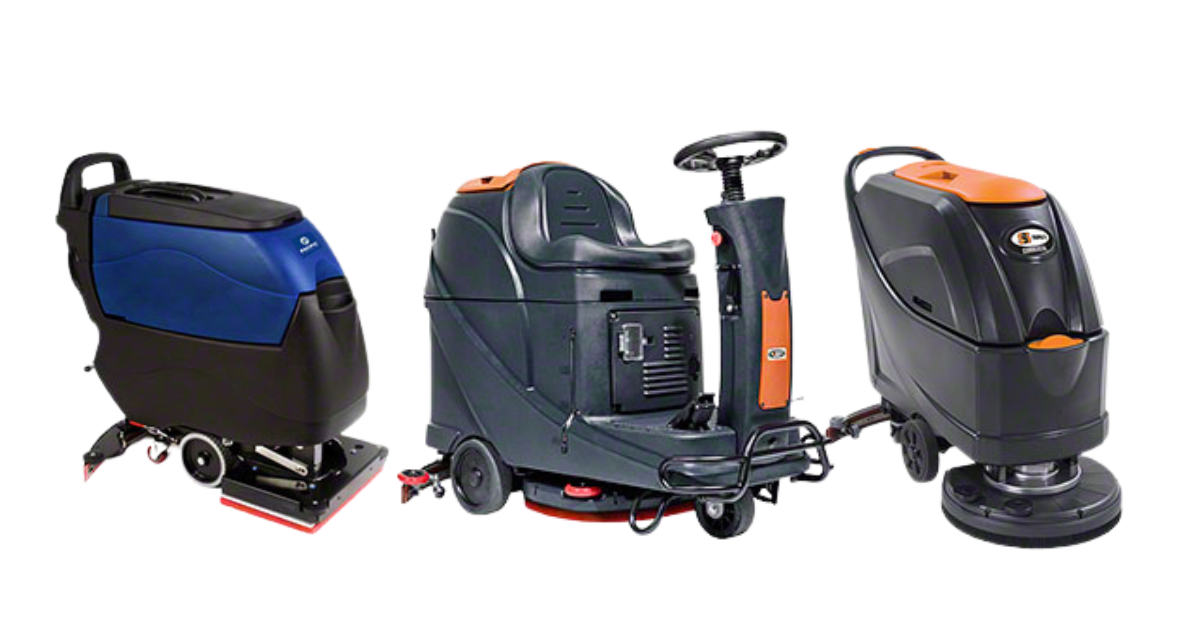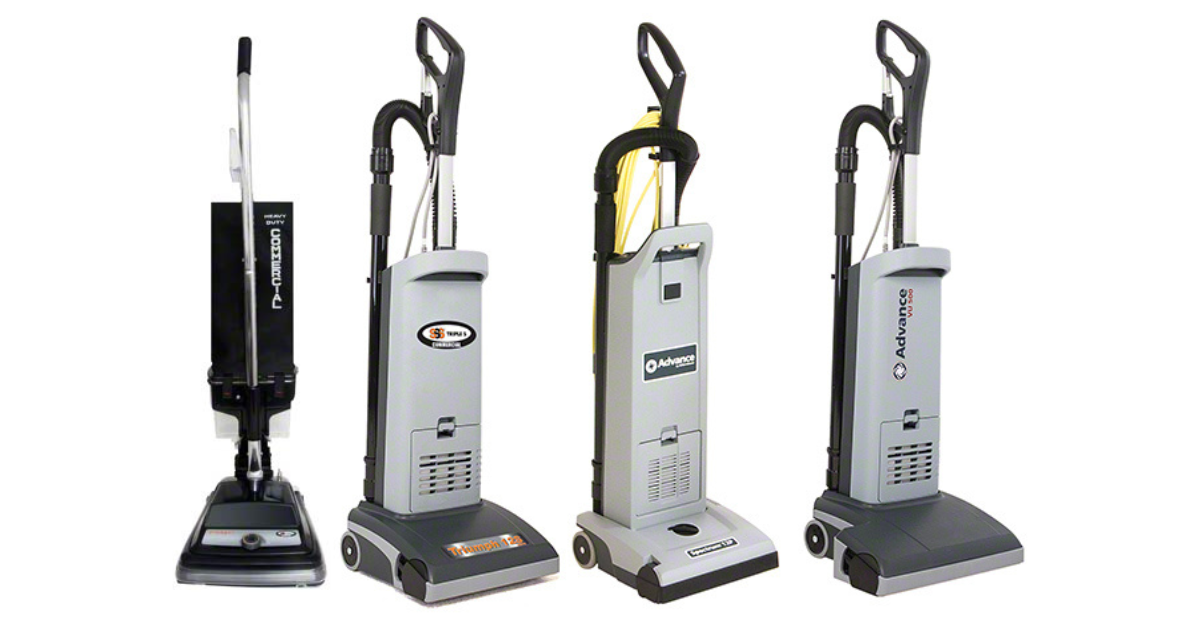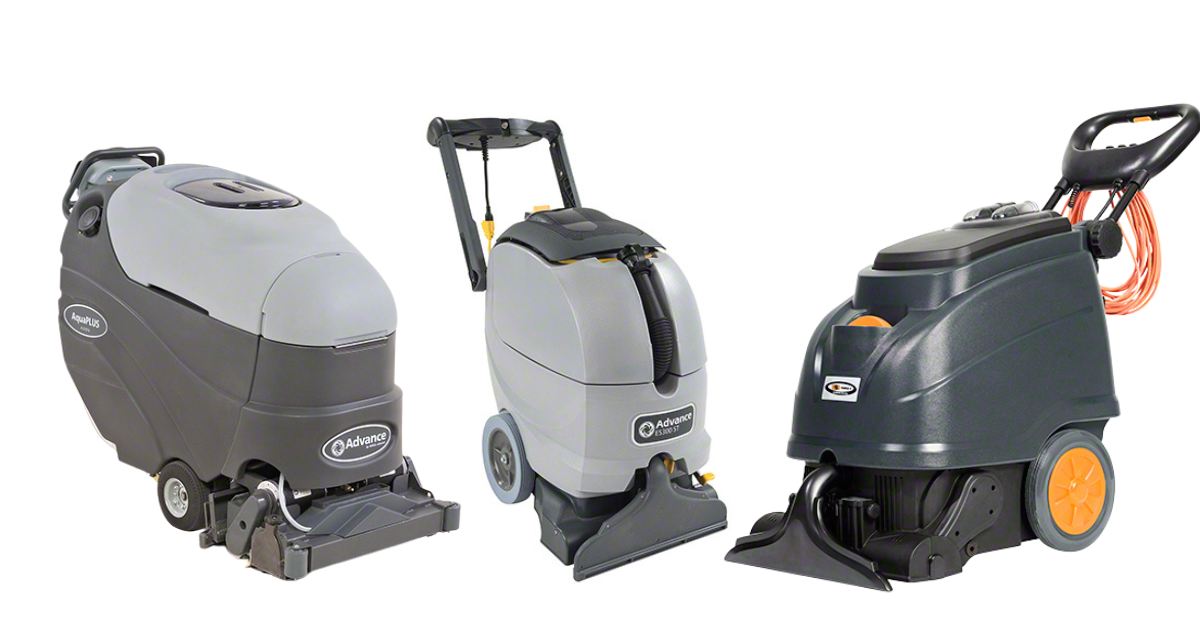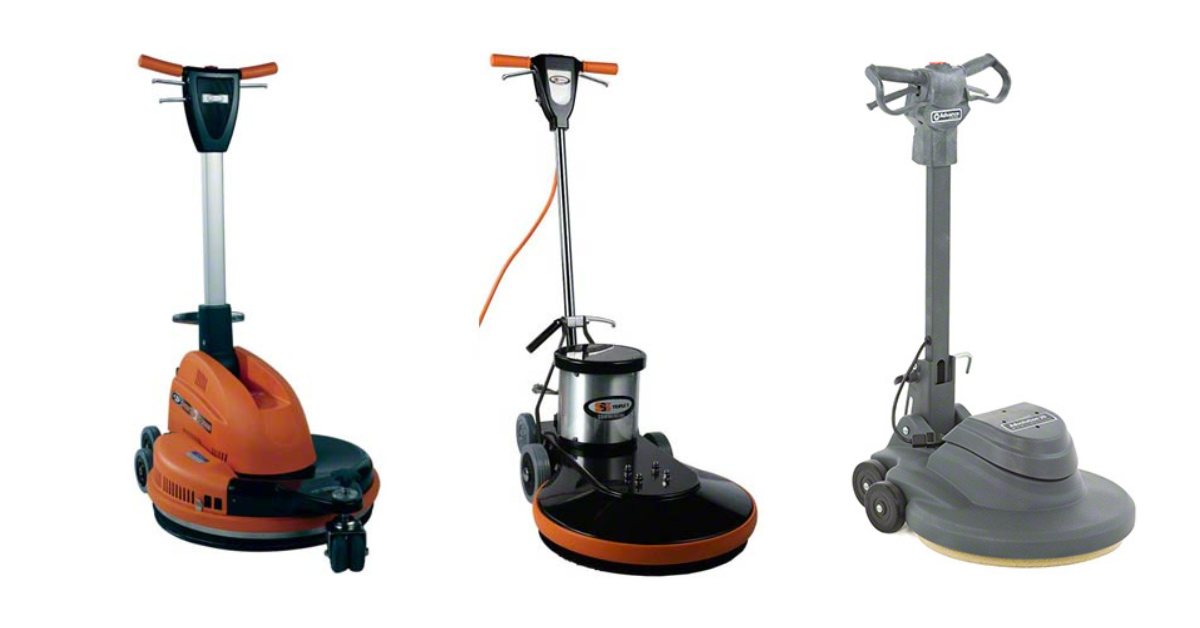When working properly, floor cleaning equipment makes your job easier, your facility cleaner and your cleaning team more efficient. Broken equipment, on the other hand, can be frustrating and cost you both time and money. Developing a preventative maintenance plan is the key to boosting productivity, sustainability and efficiency. Follow these tips to develop a preventative maintenance plan that reduces repair costs, production downtime, equipment failures and the potential deterioration of your equipment.
Designing a Long-Term Plan
All types of floor cleaning equipment, from scrubbers and sweepers to vacuums, extractors, buffers and more, require ongoing maintenance. To determine the best plan of action for your equipment, consider these questions:
How will the equipment be maintained? Will your team do the work, or will you use an outside party?
Who will be responsible for equipment maintenance?
How often will the equipment be evaluated?
And what kind of budget are you working with for equipment maintenance?
Answering these questions honestly will give you the foundation for a solid maintenance plan.
Keep Records
Keeping track of maintenance records will help hold your team accountable and ensure that inattention doesn’t cause downtime or more complicated repairs. Whether you use a software program or keep manual records, write down who used the equipment, the date of use, for how long and when maintenance was last performed.
Equipment-Specific Preventative Maintenance
While we always encourage following the manufacturer’s specific guidelines for any piece of equipment, these general recommendations can help you begin to create a comprehensive preventative maintenance plan for your equipment.

Floor Scrubbers
Following use, wipe the blades with a damp towel and wash the brush or pads to remove dirt and debris. If you notice excessive wear or tear on a pad, replace it immediately. Drain the solution and recovery tanks, then clean and rinse each one to prevent residue build-up. Check gaskets, lids and hoses for any leaks or cracks, flush out any remaining debris and store your unit with the squeegee and pad driver off the floor in a dry space.
Check batteries weekly and keep them charged at all times to extend their life. Inspect the battery terminals for corrosion, damage and loose connections.
Each month, tighten loose fasteners and check for leaks. Apply a lubricant to pivot points as necessary and flush the system.

Vacuums
After use, clean the roller brush of your vacuum to remove strings, hair and other debris that can cause the belts to stretch or work their way into bearings. Empty or replace your vacuum bag when about 80% full and keep your filters clean by replacing them when needed (generally after 6 months with heavy use). Keep the nozzle height properly adjusted to avoid damaging carpet and decreasing performance, and check the belts and ducting regularly for repair needs.

Carpet Extractors
After use, always rinse the dirty water tank and valves. Check your filters frequently and replace when necessary, and always remove debris from the brush compartment before storing in a dry area.

Burnishers
Always check to make sure floor pads are properly attached and that the pad retainer is completely screwed into the unit. Replace uneven, worn or damaged floor pads before use, check battery and power connections and ensure oil is at the correct level if you are using a propane unit. Clean the filter as necessary and get service if spark plugs are black or noticeably damaged.
Following these tips and committing to a regular preventative maintenance plan can keep your floor cleaning equipment running at peak performance longer. Please don’t hesitate to reach out to our team for more recommendations and training. Contact our service department at 773-929-6800 to learn more!
